You are here
The San Juan is one of the major desert rivers of the Southwest. Beginning as snowmelt in the San Juan Mountains of Colorado, it flows nearly 400 miles across high desert of the Four Corners Region to empty into Lake Powell on the Colorado River. The 27-mile section between Sand Island Campground and Mexican Hat, Utah, is one of its most scenic and most commonly floated sections. Here, the river's long and lazy slide through open desert ends abruptly as it cuts into a deep gorge. The float is an intimate tour of southern Utah's dramatic geology and rich human history. Archaelogical sites near the river are numerous and impressive. The rapids on this section are technical, but not especially difficult at normal flows, and are navigable by many types of craft. This makes the trip quite accessible to a wide range of boaters, but the remoteness and difficulties of a desert wilderness are barriers to overcome.
The water is always pleasantly cool, but muddy. Summer temperatures can exceed 100 degrees, and bright days require lots of sun protection, but monsoon rainstorms are common between July and August. Spring and fall nights sometimes dip below freezing, while winter weather can be snowy. Most river camps are sandy, but some can have muddy and/or brushy take outs. Though the rapids are not very hard, trip leaders should have experience boating and camping on desert rivers, because you must be entirely self-sufficient. There are no easy access points between the put in and the take out. A permit and ranger check are required in order to launch.
Highlights
The archaeological sites are major highlights of this trip. Your first exhibit of Native American history can be found at the put-in. It's a nice petroglyph panel next to the campground. This is merely a small taste of what you can find along the river, though. Don't miss Riverhouse, a large Puebloan ruin overlooking the canyon from a cliff alcolve. It's a short hike away from the river about 6 miles downstream from Sand Island. Also keep an eye out for Moki steps, which can be seen from the river. These are footholds chipped in steep slickrock to make a staircase. For more petroglyphs and ruins, stop to hike around Butler Wash.
Other worthwhile hikes include Barton's Trading Post, San Juan Hill, and Mule's Ear Diatreme. The trading post was a supply stop for Mormon settlers in the late 1800s. San Juan Hill is behind it, and is part of Comb Ridge, a huge north-south ridge of sandstone that the river cuts through. The Mule's Ear is a solitary fin of sandstone that looks impressive from the river, and the diatreme located near it is a geologically interesting intrusion of volcanic rock from a prehistoric eruption. You are likely to see lots of wildlife on the hikes, and in fact on the shore without ever leaving your boat. Bighorn sheep are commonly seen on river left, where they are protected by Navajo Nation. You may also spot wild horses and burros. Cattle roam freely and frequent the water's edge as well.
The gorge begins suddenly when the river cuts into a high ridge called the Raplee Monocline. Like Comb Ridge parallel to it, the monocline is a prominent landscape feature that formed a significant barrier to wagon trails coming to settle this region in the past. The river finds a way through, carving a sinuous path through deep, colorful rock layers. On the other side, the scenery returns to open desert, with Mexican Hat Rock on the horizon. It's an impressively large hoodoo formation resembling a sombrero and the namesake of the town at the take out.
Permits
The San Juan's permit system is not as cumbersome or luck-dependent as some other multi-day rivers. A permit is required in advance at all times of year, but outside of April 15 to July 15 can simply be reserved on a first-come, first-served basis. Launch dates within that range must be won in a lottery held in January, but unclaimed/cancelled dates can be reserved by anyone beginning in mid-March. Visit Recreation.gov for more information and to reserve permits. Note that these permits are for private trips, where boaters supply all their own gear and expertise. To go on a guided trip, you can begin your planning by finding a company rather than securing your own permit.
Once you have a permit, you'll need to meet requirements and pass a ranger check to be allowed to launch. Regulations stipulate an approved toilet system, fire pan, and personal floatation devices (PFDs), and also mandate certain Leave No Trace practices for camping. Also crucial is a water treatment system that can handle silt-laden river water, or packing enough water for the duration of your trip. Note that much of river left along this section is on Navajo Nation land and requires a separate permit for hiking and camping. You can find the full list of rules and required gear and contact info for Navajo permits at Recreation.gov.
Rapids
On the river, you'll float with all the supplies necessary for a 2 to 4 day trip, camping at large on sandy beaches and running rapids each day. Boatable flows range from 300 cubic feet per second (or lower for the diehard) to upwards of 8000 cfs. At lower flows, sandbars become very hard to navigate for larger craft. At high flows, whitewater in the canyon can be quite powerful and dangerous. Anywhere in the wide spectrum in between, rapids remain Class II to III. Most trips use oar-frame rafts, but self-supported inflatable kayaks, hardshell kayaks, and canoes are fairly common as well. Discharge is controlled somewhat by Navajo Dam upstream, but flows are susceptible to a fair amount of natural fluctuation from tributaries. Flows are most reliable during the snowmelt season between March and June, but low-end boatable flow usually lasts all year.

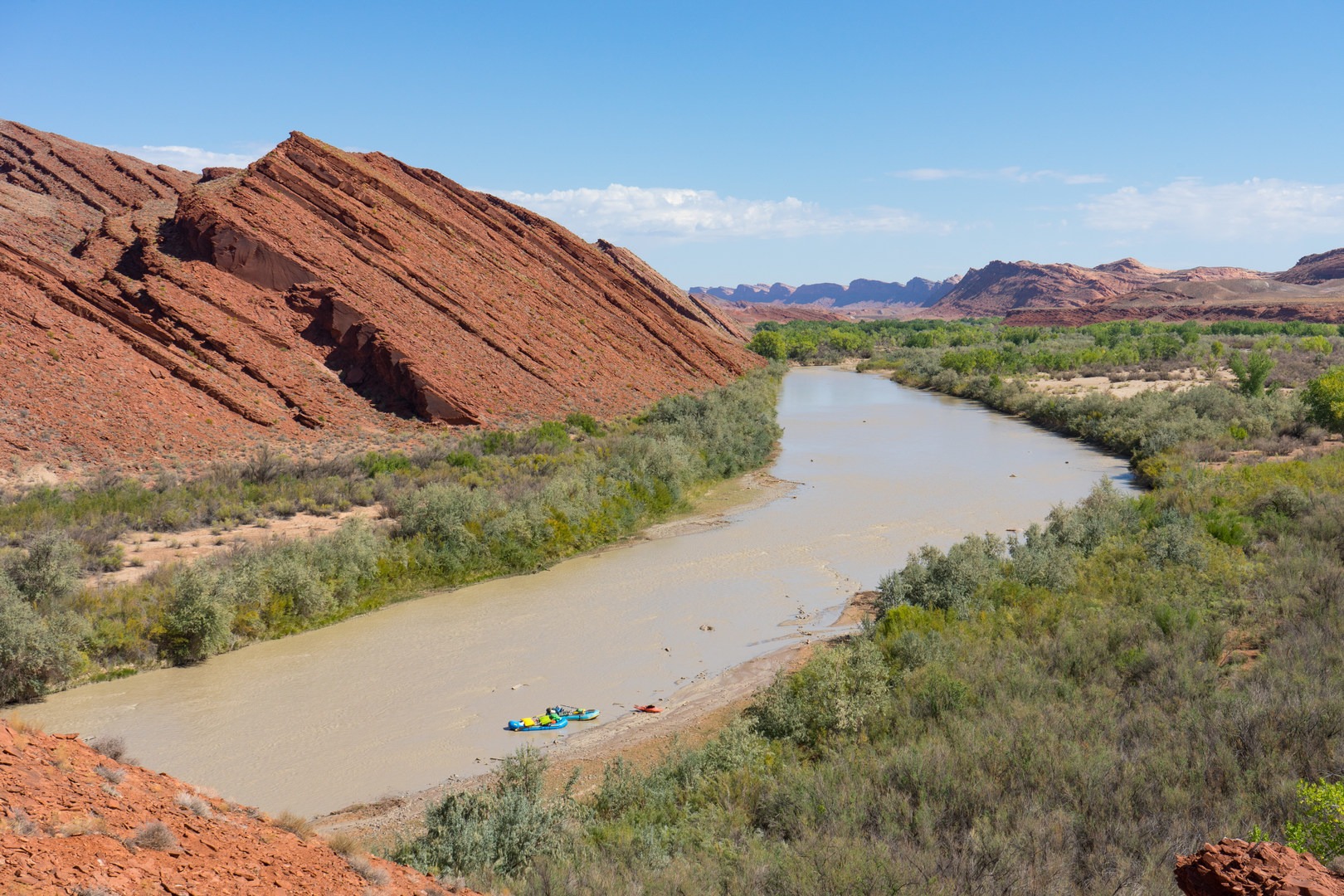
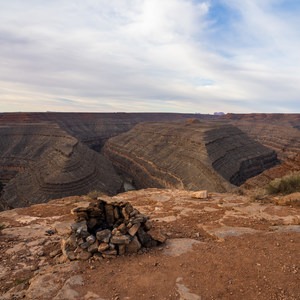
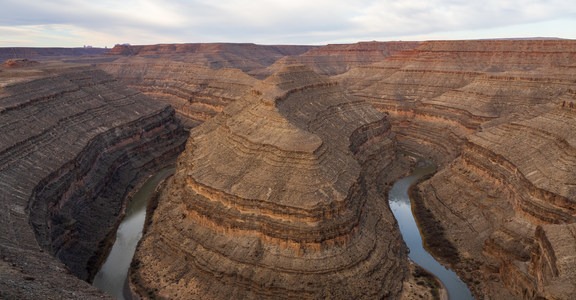
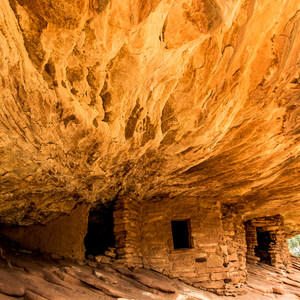


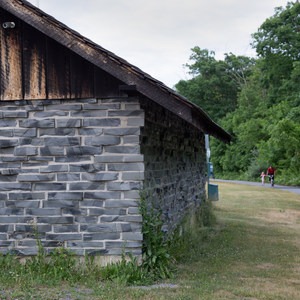
Comments
Sign In and share them.